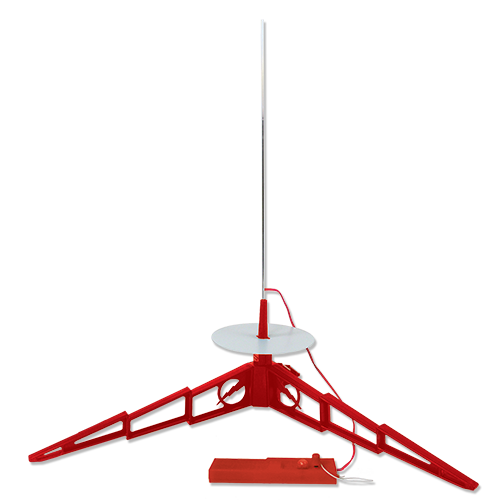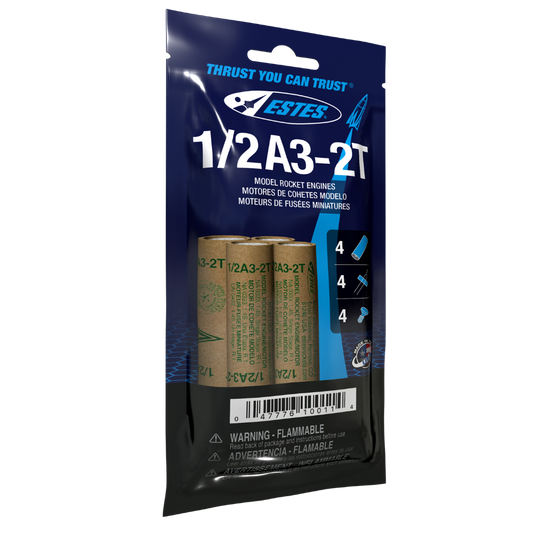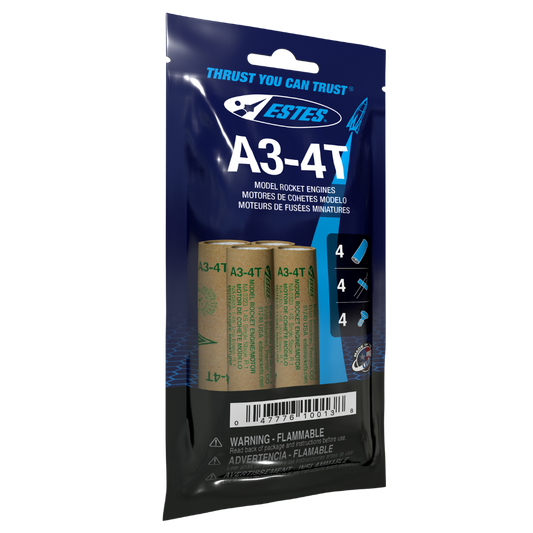The Estes Firehawk™ is a standout choice for educators looking to introduce rocketry in a fun, approachable format. Its compact size, sleek design, and bold color scheme make it visually engaging for students, while its consistent performance supports a wide range of classroom activities—from basic flight demonstrations to student-led experiments.
Quick Setup, Lasting Impact
This model requires minimal assembly—just apply the included decals and install an engine (sold separately). With no painting or complex building required, it’s an ideal option for limited class time, allowing educators to focus on launch-day learning objectives. Students will appreciate the hands-on experience, and instructors will value its dependable flight behavior.
Performance Students Can Explore
Compatible with standard Estes engines, the Firehawk is capable of reaching impressive altitudes while maintaining a smooth, stable flight path. Its lightweight design makes it easy to handle and launch, making it a reliable choice for both indoor discussions and outdoor demonstrations. It's a perfect vehicle for exploring Newton’s laws, aerodynamics, and propulsion systems.
Reliable Recovery and Reusability
Each launch concludes with a safe, smooth descent using the included 6-inch parachute. Built for repeated use, the Firehawk gives students multiple chances to observe, analyze, and refine their understanding of rocketry. Whether launching as a class or in small groups, the Firehawk helps reinforce key STEM concepts through active engagement.
Key Features for Educators:
- Beginner-friendly model with quick, no-paint assembly
- Ideal for introducing rocketry concepts in STEM classrooms and clubs
- Compatible with standard Estes engines (sold separately)
- Lightweight and durable for repeated use
- Safe, reliable recovery with included parachute
- Supports learning around physics, engineering, and aerospace
With its balance of simplicity, performance, and educational value, the Firehawk is an ideal launchpad for sparking student interest in STEM through real-world exploration.






